Books & Comics
Revisiting ‘Godzilla In Hell’, Through All Five Devilish and Destructive Issues
A monthly series that ran from July to November of 2015, five artists were each given an issue to depict the fall of Godzilla through hell itself. No really, it’s just that: Godzilla goes through hell, and is faced with his old enemies and the products of his destruction. And while the concept was simple, the result was an absolutely fantastic series that serves as a look into the philosophy of Godzilla’s existence as a menace. It can also function as an all-purpose bookend to the tales of Godzilla; no matter what continuity you go with, he’s lovingly sent off through the art of those depicting him, even as he’s put through the wringer.

2025 will see the 10-year anniversaries of a lot of horror projects. And while it’s easy to remember films like Green Room and We Are Still Here as they make the recommendation rounds semi-regularly, it’s easy to overlook a lot of the other mediums of the genre. Case in point, horror comics. While a lot of great new horror comics like Scott Snyder’s Wytches and Cullen Bunn’s Harrow County flew under the radar in 2015 for all but the staunchest comics fans, there is one massive release that is hard to forget just thanks to the heavy IP stick it walks with: Godzilla In Hell. I’m still seeing videos about this comic as recently as a month ago, and it’s not difficult to understand why it’s had so much staying power.
What is Godzilla In Hell?
A monthly series that ran from July to November of 2015, five artists were each given an issue to depict the fall of Godzilla through hell itself. No really, it’s just that: Godzilla goes through hell, and is faced with his old enemies and the products of his destruction. And while the concept was simple, the result was an absolutely fantastic series that serves as a look into the philosophy of Godzilla’s existence as a menace. It can also function as an all-purpose bookend to the tales of Godzilla; no matter what continuity you go with, he’s lovingly sent off through the art of those depicting him, even as he’s put through the wringer.

The Art of Godzilla in Hell
The comic is wordless for most of its issues, putting the onus of the storytelling on the visuals. And what a group of artists this is to give that task: the first issue is helmed by James Stokoe, who indie comics fans will know for his work on Orc Stain, and the earlier Godzilla: The Half Century War. This is succeeded by a lustrous fully painted issue by Hugo Award-winning artist Bob Eggleton, and is followed through to the end by art from Brandon Seifer, and Dave Wachter.
The artists chosen for this series have a great sense of size and texture, which are essential in depicting the Heisei and Millenium era Godzilla designs chosen to follow throughout the issues. There is a very base, sensual nature to Godzilla as an icon, in that all the kaijus, the suits, the special effects, have a tactile feel that is palpable through the screen. Pillars of white smoke detonate, buildings are shattered into splinters and dust, and those upright double bass roars resonate to your very core.
The Millenium era Godzilla, first seen in Godzilla 2000, might be the best example of this phenomena and was chosen for this series with intent. Its scales, color, the proportions, it might not be everyone’s favorite suit, but it is the platonic ideal of Godzilla suits and the design that most people will call to mind because of that sensory effect. Every artist nails the look of him despite their vastly different styles.
And it’s not just Godzilla and his giant monster cohorts, but the environments around them, which paint the abyss in a perfectly bleak light. Eggleton’s idea of hell is the most interesting visually, as it calls on classical painters like John Martin and Gustave Dore to give the underworld its very apocalyptic ecosystem, elemental layers bleeding into each other with new methods of torture around every corner. The inferno lives through his use of hot oranges and bloody reds that saturate the page with pure painted fire.
Issue 4 by Ibrahim Moustafa is a technical achievement in its own right, as it is the one that comes closest to looking like a classic Showa-era film, giving away a lot of the atmosphere in favor of visual clarity and a strong kinetic feel in all the motion and action. Even when Godzilla in Hell isn’t going anywhere particularly new, it’s one of the best pieces of Godzilla action around, and that hasn’t changed even a decade out.

The Story of Godzilla in Hell
The only issue I can say that falters in terms of art is the third, helmed by Ulises Farina and Erick Frietas. Issue 3 breaks pace, and sadly doesn’t have nearly the visual impact that the other four do, which kills me since it’s the closest thing we get to explaining how Godzilla died and ended up there. And it’s bonkers reasoning, as one should expect: Godzilla was supposed to be enlisted into a war between Heaven and Hell upon his death, but cared so little about the call that he just decided to start destroying everything in his way and ended up being sent into Pandemonium for his troubles. The issue, at the very least, has a charm to it that doesn’t detract from the momentum of the story, and has its own artistic merits as disconnected as they might be.
Brought together by these five artists, the visual medium pulls all the weight it needs to tell you what’s going on: Godzilla is, like all the other residents of hell, being tortured by his Earthly attachments. He’s harangued by the nuclear power that made him, buffeted by stormy cloud-like masses of the humans he’s killed, and attacked by a Lovecraftian mirror image of himself; the last is what I can only assume a kind of tulpa of how the world sees Godzilla, not as a wild animal of happenstance, but an all-consuming organic storm of flesh and gnashing teeth that ravages everything in its path. It’s ill intent against all other living things made incarnate, and the battle it has with Godzilla is a perfect attempt to torture the king of the monsters.
I would tell you more about the final issue, illustrated and written by the incomparable talent of Dave Wachter, but it has to be seen to be believed. It’s a weird metaphysical finale of devastation that, while almost unadaptable to the screen, is a perfect ending for Godzilla’s journey. I will tease this one detail to force you to read the comic: you better be prepared for the mother of all atomic breath attacks.

The Heart of Godzilla in Hell
Does all this insane art service a greater idea? The story suggests that though the entity might be able to die, the real end to Godzilla as an idea and a character is almost impossible. What can destroy something that is the essence of destruction? What can erase a cultural icon if it’s stuck in the minds of generations of people? What is punishing to the one who doles out the punishments? The final panels, juxtaposed with a quote by Siddhartha Gautama might pose an answer that is equal parts comforting and disturbing: nothing really can.
And if the philosophy of the comic doesn’t interest you, well, hey. You still have a pretty dope comic full of violent kaiju fights and hellish imagery. So, either way, happy reading horror fans!
Books & Comics
5 Harry Potter Alternatives To Avoid Giving That Woman Money
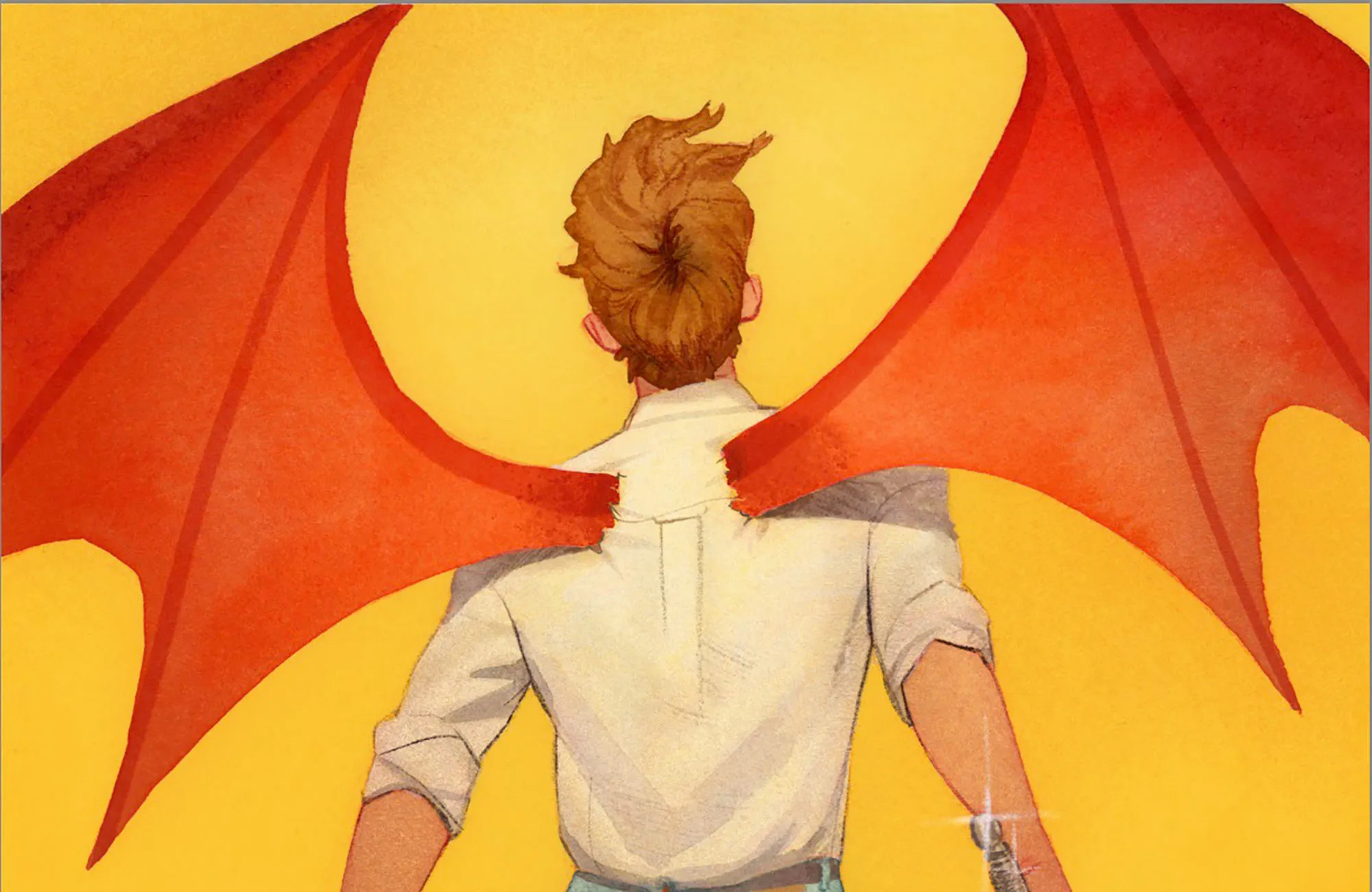
You’re reading this article on the Internet. Which means you’ve been on the Internet at least once in the past five years. Which means you know that Harry Potter author J. K. Rowling is an unrepentant, festering transphobe. What started as potentially out-of-context liked tweets has become an extremely in-context catastrophe. The situation escalated into a more and more sinister string of anti-trans screeds and monetary donations to anti-trans causes.
The Harry Potter Revival and Its Challenges
This has unfortunately coincided with the return of all things Harry Potter. Because, whatever the woman’s strengths are as a novel writer, they did not transfer over into the Fantastic Beasts screenplays. Thus, Warner Bros. has bailed on that franchise and is busy resurrecting the original novels for a prestige series. One that couldn’t possibly last the seven seasons (or reportedly 10 years), it would need to tell the story fully.
Avoiding Support for Rowling’s Causes
And, listen. I’m a millennial who grew up on the Potter books and, to a slightly lesser extent, the movies. I get how important they are to a lot of us. They’re an inextricable part of our cultural DNA. It’s OK to feel that way, and it’s even OK to re-engage with those texts. You probably already own them, or know a friend who does. Cracking one open and even enjoying it isn’t a bad thing, and it isn’t putting money in Rowling’s pocket. Money that she would almost certainly give to some organization run by bigots even more heinous than herself.
But you know what would put money in her pocket? Watching that godforsaken HBO show, for one thing. Buying those new illustrated editions, for another. Or listening to those full-cast audiobooks that Michelle Gomez had to issue a statement semi-apologizing for joining.
5 Harry Potter Alternatives for Guilt-Free Reading
It’ll become increasingly difficult to resist the temptation to check out some new cultural artifact strip-mining the Harry Potter canon. However, the moral imperative to protect and affirm our trans siblings is much more important than that temptation. To that end, I have compiled a list. Here are five books/series to scratch that Potter itch without the accompanying Rowling guilt. They’re not ranked by quality, but by how many ways they feel like a suitable replacement for the series. Find the full reading list at the end of the article!
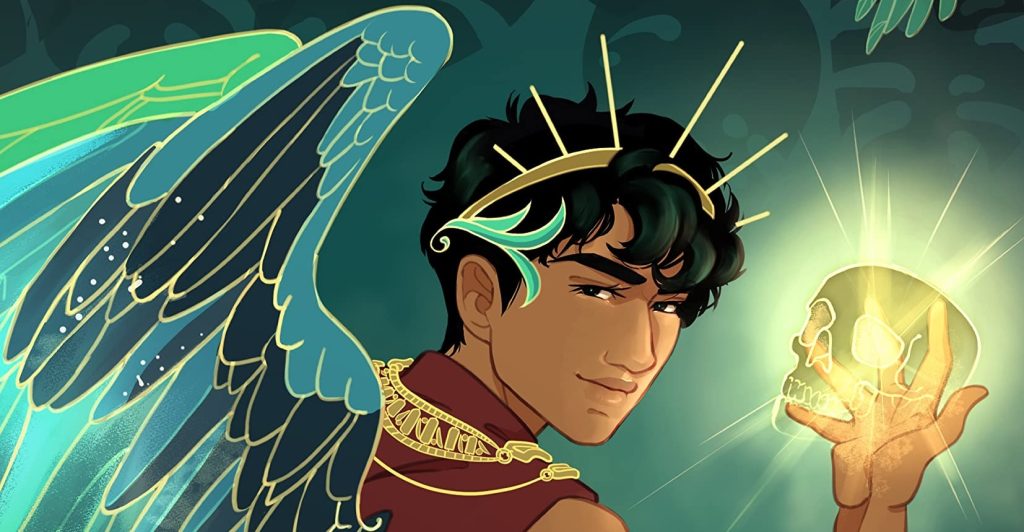
#5 The Sunbearer Duology by Aiden Thomas (2020)
These two novels by trans author Aiden Thomas are only lowest on the list because of their vibe. They draw just as much inspiration from The Hunger Games as they do Percy Jackson & The Olympians. But Percy Jackson was always a readalike for Harry Potter, no matter how much Rick Riordan protests. So there is still a good amount of Potter DNA entwined with this queer adventure duology inspired by Mexican mythology.
These books follow teenage semidioses (for those not familiar with Spanish, “demigods”) participating in a high-stakes competition. High-stakes as in the loser gets sacrificed to the god Sol. It’s got tried-and-true young adult themes of questioning authority, coming of age, and finding love both giddy and marvelously inconvenient.
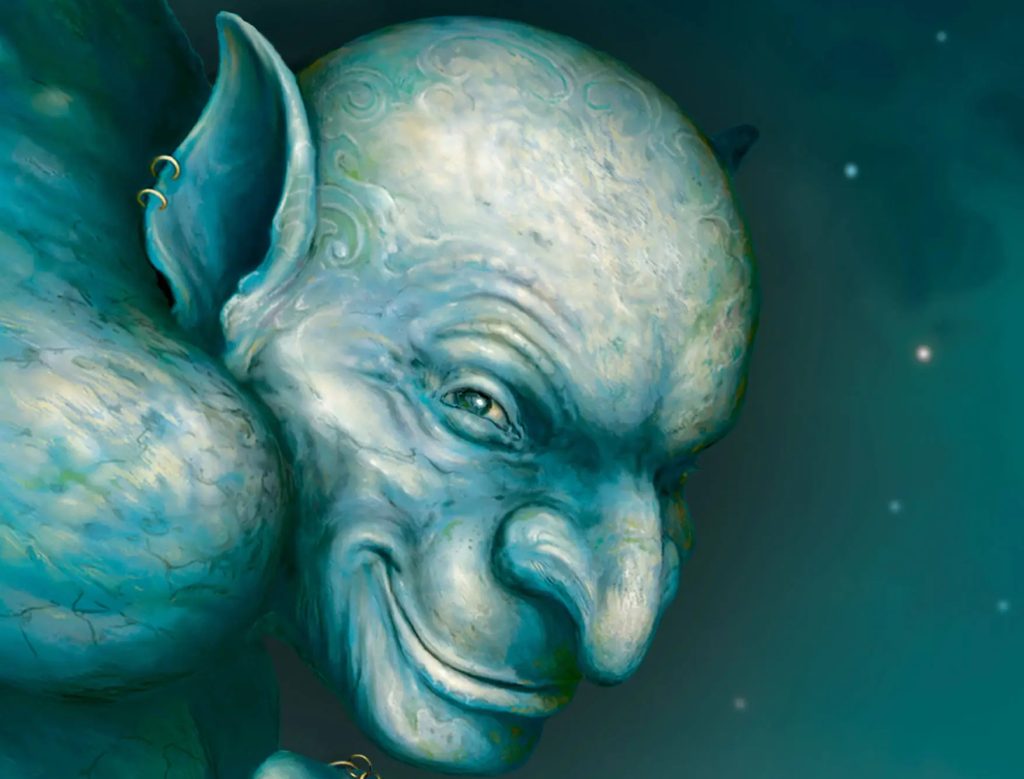
#4 The Bartimaeus Sequence by Jonathan Stroud (2003-2006)
This trilogy is probably my personal favorite fantasy series that I read as a kid. The story is told from the perspectives of multiple characters, but primarily the sarcastic djinni Bartimaeus. He imbues the trilogy with a sense of fun, even though it covers dark topics including terrorism, propaganda, and authoritarianism. It’s a text about the seduction and danger of politics and power, and it wields those themes extraordinarily well. Like all the best books for youngsters, it doesn’t talk down to them, but it’s not a grim slog either.
However, because of the story being told from the perspective of an ancient demon, it doesn’t necessarily have Potter vibes. That said, it does follow a young boy’s magical education and the hard lessons he learns as he matures. Stroud also builds the foundation of his magical world from real folklore, just like Rowling.
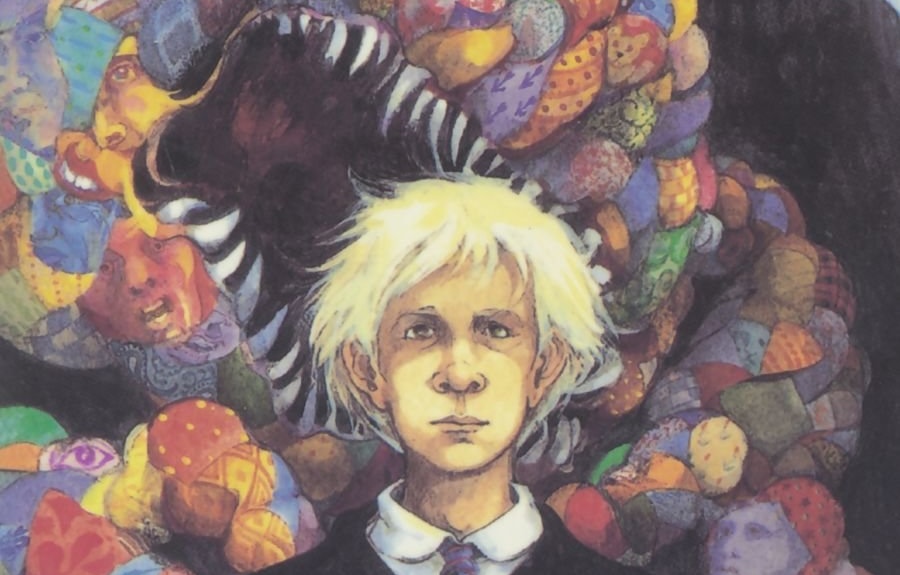
#3 Wizard’s Hall by Jane Yolen (1991)
Wizard’s Hall is in fact such a readalike for Harry Potter that many fans accused Rowling of ripping it off. Jane Yolen and I both disagree with those accusations (Rowling was much more interested in ripping off Tolkien). However, the similarities between the texts should feel like a warm bath to recovering Potter fans.
We’re talking a young man attending a school for wizards. We’re talking said schooling existing in the shadow of a dark sorcerer’s reign of terror. We’re talking school administrators expecting students to battle evils far outside their power. Yolen also provides a compelling and warmly domestic magic system, where names—particularly the names of plants—hold untold power.
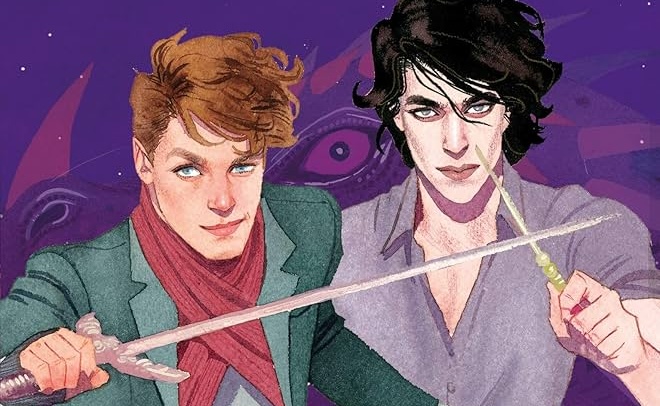
#2 The Simon Snow Series by Rainbow Rowell (2015-2021)
Now, this series was literally designed to be a Harry Potter readalike. Simon Snow was born as the Drarry-style fanfiction written by the lead character of Rowell’s 2015 novel Fangirl. However, the three Simon Snow novels are not necessarily meant to be the exact fanfiction written by the character. That said, the first installment does follow the burgeoning love between two antagonistic male students at a magic school. Rowell knows what her readers want.
Does she know how to deliver it, though? Yes and no. Frankly, I wouldn’t recommend this trilogy to fans of romance-forward stories, because I think that angle is weirdly underserved. However, Simon Snow presents a lovely world that does more than just sand the serial numbers off of Hogwarts. Rowell has invented her own linguistics-based magic system, and it is fabulous. It is an unfettered delight to get to go on adventures in this world. The fact that these adventures are viewed through the lens of off-model Potter characters makes it all the better. It’s a perfect nicotine patch for those hooked on Rowling.
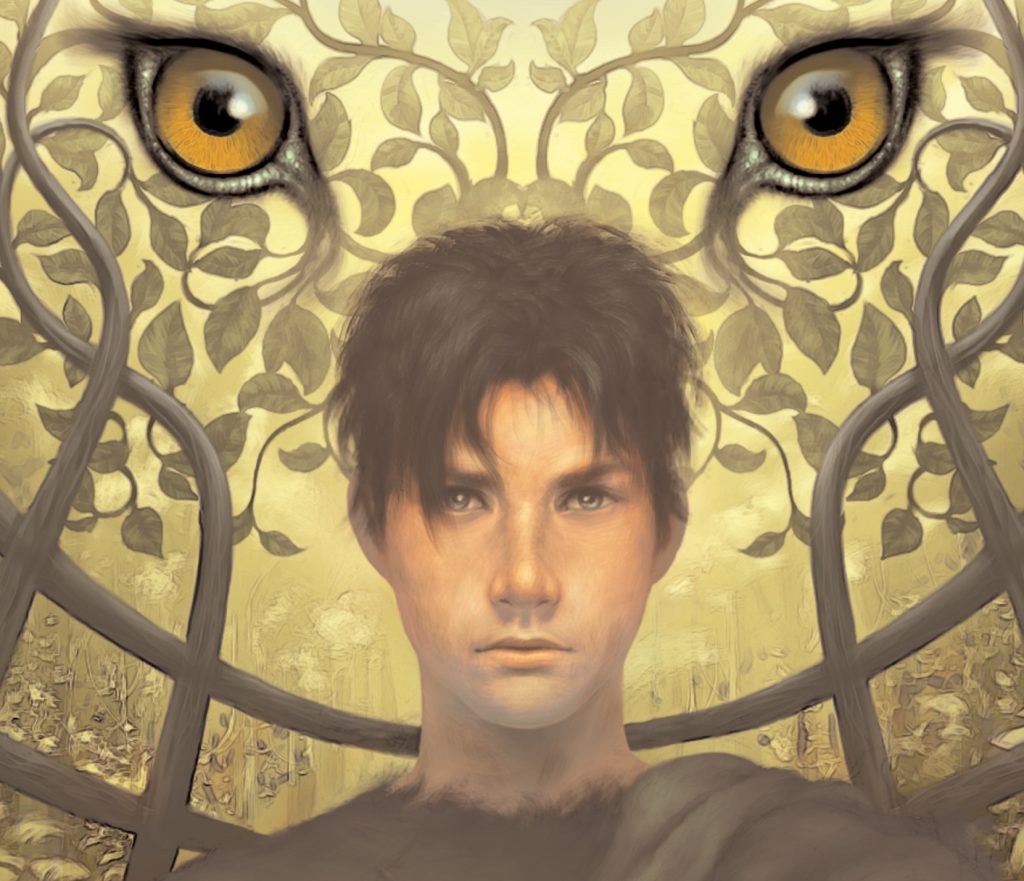
#1 Pendragon by D. J. MacHale (2002-2009)
The 10 Pendragon novels have fewer superficial connections to Harry Potter than Simon Snow or Wizard’s Hall. There’s no school of magic, for one thing. Nor is there a “dragons and folklore” vibe in the background. However, this young adult sci-fi fantasy epic is undeniably going to serve Potter fans well. I mean, come on. It follows a young man living a seemingly normal life who learns that he is part of a secret world. The stories mature as the character does, as the stakes get higher and higher. And he has two friends, one male, one female, who help him on his quest. It’ll get the job done, trust me.
This franchise is also the one that switches up its own vibe the most, to its benefit. You see, Bobby Pendragon’s a Traveler, one of the rare few with the power to access other worlds and times. This allows MacHale to present Bobby with an astonishingly wide variety of settings. He draws inspiration from everything. From Tarzan to Tron, from Waterworld to Dune, from George R. R. Martin to Al Capone, Pendragon’s got it all.
Runners-Up: Heir Apparent by Vivian Vande Velde (2002), Ella Enchanted by Gail Carson Levine (2004), Spell Bound by F. T. Lukens (2023), The Montague Siblings Series by Mackenzi Lee (2017-2021), Cemetery Boys by Aiden Thomas (2020)
Other Runners-Up That Are Sci-Fi, So They Were Never Seriously Considered, Even Though They’re Great: The Supernaturalist by Eoin Colfer (2004), The Gone Series by Michael Grant (2008-2013), The Darkness Outside Us by Eliot Schrefer (2021)
Full Reading List
The Sunbearer Duology by Aiden Thomas
The Sunbearer Trials (2022)
Celestial Monsters (2024)
The Bartimaeus Sequence by Jonathan Stroud
The Amulet of Samarkand (2003)
The Golem’s Eye (2004)
Ptolemy’s Gate (2005)
The Ring of Solomon (2010) – an inessential, but charming, prequel
Wizard’s Hall by Jane Yolen (1991)
The Simon Snow Series by Rainbow Rowell
Carry On (2015)
Wayward Son (2019)
Any Way the Wind Blows (2021)
Pendragon by D. J. MacHale
The Merchant of Death (2001)
The Lost City of Faar (2001)
The Never War (2002)
The Reality Bug (2002)
Black Water (2003)
The Rivers of Zadaa (2005)
The Quillan Games (2006)
The Pilgrims of Rayne (2007)
Raven Rise (2008)
The Soldiers of Halla (2009)
Books & Comics
8 DC Comics Characters That Deserve Horror Movie Makeovers

Congrats! If you’re reading this, you’re likely one of the people who saw Superman recently. And that is its own reward. You may have even contributed to its blockbuster opening weekend that raked in $122 million in sales. You’re also, like me, probably itching for the next project in James Gunn’s burgeoning cinematic DC Universe. I imagine this isn’t an article you were expecting to pop up here on Horror Press, but stick with me!
There is still a large slate of DC projects on the horizon, ranging from another season of the wildly popular animated series Creature Commandos, to an even more hotly anticipated Clayface film. Directed by James Watkins and penned by Mike Flanagan, James Gunn himself has said that 2026’s Clayface is going to be a rated-R body horror film so impressive that it would blow his work on Slither out of the water.
So, in the spirit of Clayface getting a horror villain glow up, I’d like to discuss other characters that deserve the horror treatment from DC. Because, with a catalogue rich in characters that can be just as frightening as they are colorful, there’s too much genre film potential here to ignore.

Parasite: A Life Stealing Monster Could Call Back to James Gunn’s Slither
As soon as my friend and I left our screening of Superman, a conversation about what villains we’d like to see in the sequel sprang up. Would we get a regular from Supe’s roster, like Braniac or Zod? Or a deep cut like Silver Banshee or Atomic Skull?
There is one potential antagonist I consider the creepiest of his villains: Parasite. A Superman rogue known for his ability to drain the life and powers out of any living being, most will remember him from Superman: The Animated Series. Or, if you’re like my friend, his particularly freaky portrayal by Adam Baldwin in Young Justice.
It was the talk of Parasite that reminded me of the villain in Gunn’s most iconic horror film, Slither. Michael Rooker’s role as Grant Grant, a leech of an abusive husband whose exposure to alien worms turns him into a much more literal leech, was perfectly nasty inside and out. So why not give Parasite that kind of makeover, and give us the most sadistic version of the character yet?
All I ask is for a rude, “Richard Brake in 31”-type to play him, and some Lifeforce style horror where he sucks the energy out of people until they’re withered husks. Combine that with gruesome full-body makeup to replicate his iconic chemical burned purple skin, and you’ve got gold.

Kryb: The Perfect Green Lantern Villain to Spread Fear Across the Cosmos
I have to give Geoff Johns his credit. The Lantern Corps mega-arc that he weaved into his Green Lantern run throughout the late 2000s was pure genius. I suspect with the upcoming Lanterns series on HBO, we’ll probably be meeting quite a few of his iconic characters from those comics. Atrocitus of the Red Lanterns, Larfleeze of the Orange, Saint Walker of the Blue, they’re all on the table.
But one Lantern Corps has fallen far out of the spotlight. That’s their tried-and-true nemeses: the original “Lanterns but a different color”, The Sinestro Corps. These Yellow Lanterns are supposed to be all about fear, but most writers and artists have lost sight of actually making them terrifying. If the upcoming HBO show Lanterns really does end up evoking the vibes of True Detective as its showrunners have teased, I think they should lean into that inspiration.
The one member that deserves a live action horror portrayal more than any other in this vein is Kryb. An alien witch who steals the children of her victims and keeps them in an organic cage growing out of her back, she feeds off their fear and cries for help. It doesn’t hurt that she already looks like a nightmare creature Javier Botet would portray.
Personally, I would love a massive, grotesque animatronic for Kryb blended with CGI (ala Smile 2’s Entity). She’s a fun route to take when it comes to striking fear in the hearts of Green Lanterns—and the audience.

Scarecrow: I’m Begging For Someone To Please Make Him Frightening Again
I know, I know, obvious pick. “The guy who has fear powers could be scary? How’d you come up with that one?”. But if you’re a Batman comics fan, you know that since around the time of Scott Snyder’s industry defining run on Batman, Scarecrow has been mostly relegated to a bit player on Gotham’s stage. This regrettably happens even in the storylines that should focus on him. I would even argue that his fear gas has become more iconic than he is, but it’s time to change that.
I point towards the platonic ideal of Scarecrows as a way to get him back on track: Jeffrey Combs in season 4 of Batman: The Animated Series. What I wouldn’t give to see Combs voice the character again as he terrorizes Arkham Asylum’s patients and tortures them with their worst fears. Especially with the decayed “hanged man” look that DCAU visionary Bruce Timm penned him in during season 4!
Whether it’s an animated film or a live action, a creative like Scott Derrickson is my pick to handle the character. I want to see a dark director’s vision as Dr. Johnathan Crane drives his “patients” completely mad and makes their nightmares feel real.

Etrigan the Demon: Jack Kirby’s Horror Fantasy Creation Needs an A24 Slant
If you know me in real life, I want to thank you now for letting me rave about how much I love Jack Kirby all the time. Of all his creations, one is so Kirby-esque and so perfect for an overhaul that I knew he had to be on this list from the jump: Etrigan, AKA The Demon.
Etrigan is usually an antihero in the vein of Venom, bound to his unwilling human host Jason Blood. But his stories could be taken in any number of directions, including ones before he was trapped in Blood by Merlin. (Yes, the wizard Merlin, that one.) Obviously, the direction that appeals to me most is making this hulking demon genuinely scary.
Now, a yellow demon that tends to rhyme when he speaks… I admit, on face value, it’s a hard sell. But this is the genre of Wishmaster, people, it’s the genre of Phantasm and Demon Knight! Reviewed that last one by the way, read it here.
There is a long legacy of somewhat silly horror villains who still manage to be thoroughly entertaining and even intimidating. What I would love to see is some bleak fantasy horror set dressing to accompany Etrigan; heavy inspirations from The Green Knight and The VVitch seem like a wise angle to take. It would be great to see Etrigan become a looming force that haunts its enemies as they try and find a way out, only to see death coming closer and closer.

Killer Croc: A Gotham Legend Is a Candyman-esque Villain in Waiting
In the modern vernacular, Killer Croc is a jobber. Which is a shame, because there is a lot of potential for his story that gets squandered when he’s just here to punch and be punched. While his rare mutation gave him all the powers that could have made him a hero, it also gave him the monstrous appearance of a crocodile-human hybrid. He is a character damned from birth. And ultimately, he’s a reflection of Gotham’s social inequity that condemns its citizens’ lives to the gutter.
Outcast and scorned, he became a fixture of Gotham, a boogeyman living in the sewers, and a name everyone in the city fears. In a meta-context, Croc has bounced around from series to series, mainly serving as a big man for any member of the Bat Family to knock down. And that’s fine, I guess, but he could be so much better.
My favorite Killer Croc story comes from J.H. Williams legendary (and criminally cut short) Batwoman run. In it, Croc becomes a minion of Medusa, who uses her mythological magic to make him grow larger and more monstrous the more he’s feared. A horror film with an emphasis on Croc becoming a Candyman-esque legend in Gotham over the years is what I’d like to see. Watching him grow in power as an urban legend over the years, and focusing on the kind of people who would worship and feed him new victims. The chance to actually dissect Killer Croc and make him a complicated monster screams of high potential to bring people to theaters.

Anton Arcane: A Rotten Re-Animator for All Seasons
One of the biggest casualties of the former DC Cinematic Universe’s mismanagement was the superhero horror show Swamp Thing. Due to disagreements between DC and Warner Media, and a snafu involving a promised $40 million tax rebate for shooting in North Carolina, the show was soft cancelled before it was even out of production. It was then hard cancelled a day before its second episode premiered.
Numerous fans called to save the series, but none of the requests to #SaveTheSwampThing were successful. Still, they proved there is still a serious desire to see a horror-oriented Swamp Thing property, if not on streaming than on the big screen.
As much as I love the fully practical work-up they did with actor Kevin Durand for his character Jason Woodrue, there’s one villain I really need to see in live action: Anton Arcane. Whereas Swamp Thing is a “monster” with more humanity than he can sometimes handle, Arcane is the opposite. A human monster with a knack for necromancy, consumed with a desire for corrupting power and immortality. Arcane has persisted as Swamp Thing’s archnemesis for decades for a reason.
Played in the vein of Herbert West, Arcane could be an iconic horror villain in his own right. That doesn’t even account for his Un-Men, undead flesh golems that would feel right at home in Carpenter’s The Thing. The creepy, deformed, and mismatched servants of Arcane provide plenty of opportunities for us to watch undead monstrosities do his dirty work.

Professor Pyg: A Batman Slasher with His Own Iconic Minions
Matt Reeve’s The Batman really set the standard for The Riddler going forward: less demented gameshow host, more John Doe from Seven. Speculation on sequels has shown that there’s a strong desire to see Batman’s more horror themed villains. Enter Professor Pyg.
If you played the videogame Batman: Arkham Knight, you already know him. A scientist of dubious academic standing, this surgeon has permanently fallen to madness. Wearing a chubby cheeked pig mask in and out of his experiments, he was a mainstay of Grant Morrison’s seminal run on Batman and Robin in 2009. Greasy, gag-inducing, and all around off-putting with his scalpels and saws, Pyg is basically already a slasher villain.
But it’s those experiments which serve the most obvious reason as to why we need to see him. He’s best known for creating the Dollotrons, something the game toned down: in the comics, he captures men and women alike and grafts babydoll-esque flesh masks onto their faces to turn them into bubble-headed and brainwashed psychotics.
The Penguin miniseries on HBO was a fun character study of an incredibly messed up character with Oz Cobb. It proved introspection on how these rogues get made can be captivating. But beyond the partially stable villains, I would love to see more of the parts of Gotham that are deeper in the shadows than ever, following the Riddler’s attack. That means showing us the monsters like Pyg that wash up out of the outer darkness when it was flooded. The ones who are too far gone for any sort of normal life.

Animal Man: The Body Horror Superhero We’ve Been Waiting For
My final proposal here is probably the most likely one we’ll get with James Gunn’s new DCU. Knowing the comic book characters Gunn is a fan of, I would not be surprised at all if we got an Animal Man show or movie at some point. He even commented in a recent interview with Seth Meyers that whoever he casts to play Animal Man has to be downright great.
If and when we do get the right actor, we’ll likely get something I and a lot of other horror comics fans have been clamoring for: a true, live action body horror superhero. I am of course talking about an adaptation of the New 52 miniseries, Animal Man: The Hunt. This loose requel to Animal Man, a series made famous by Grant Morrison back in the late 80s and early 90s, was arguably the best project to come out of the New 52 rebrand.
It was chock full of incredible and sometimes revolting art by comics luminary Travel Foreman, who painstakingly penned each panel in his unmistakable (and very bloody) style. The series made for an incredibly interesting dive into the mythos of where the titular hero gets his powers from, courtesy of modern comics legend Jeff Lemire.
When it comes down to who does it, I’d love Alex Garland to take a crack at adapting The Hunt. His work in Annihilation more than proves he can do justice to the trippy narrative. Whether its dealing with eldritch abominations from The Rot, the dimension of flesh and blood that is The Red, or the bone-snapping, gut-rending transformations Animal Man has to go through as he fights to save the life of his daughter Maxine, I trust him to deliver.
Or am I really just waiting and hoping for another moment like the bear scene from Annihilation? If I was, could you blame me?























